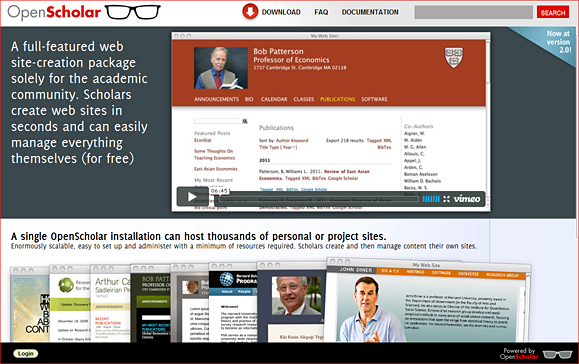From DSC:
In an earlier post from today, I pictured higher education caught in a tidal wave of technological change. It isn’t just education that’s got tidal waves hitting it. Consider the world of web design and web development and this article from Noupe: 100 Essential Web Development Tools. Heh, all’s you have to know is these 100 web development tools (and that’s not even all of them by a long shot). What’s the big deal? ; )
A related comment here…
is that the bean-counters are always trying to get the most talent for the least amount of money. They want you to wear 10,000 hats and then they pay you for the value of wearing 2-3 hats. For example, a quote from the above article includes this assertion:
As web technologies constantly advance, the skills a developer is expected to have are constantly increasing. Web users are beginning to expect Ajax interfaces, charts and graphs and a whole host of other tricks and features. This means web developers not only have to be skilled with HTML and a server-side programming language such as PHP or Perl, but they now also need to be JavaScript gurus, Flash experts, and skilled graphic designers (emphasis DSC).
The accounting and ledger sheets and the HR-based job descriptions simply don’t reflect reality. That is, you might want someone who can wear 10,000 hats, but rarely will you find an individual who can do it all. That’s not how we are made. We each have our own gifts, abilities, and strengths; but we also have our own limitations and our own weaknesses. Few, if any of us, can do it all.
For those who can wear 5,000 hats, they aren’t interested in the position that you’re offering anyway — as you are not offering to pay them for nearly what they’re worth. There are web designers…and then there are web developers…but rarely will you find someone who is excellent in both areas. And if you can find them, you can’t afford them. So for the bean-counters and HR departments out there, you need to get real with either one of two things:
- The expectations for one job description that you post/create
OR
- The salaries that you are offering web designers and web developers
Common…let’s get real. We’ve had more than a decade now to figure this out. As my old telecommunications instructor at Northwestern always used to say, “There is no such thing as a $5,000 new Mercedes.” That is, you get what you pay for.











